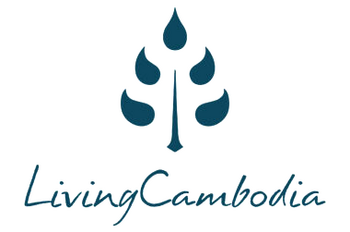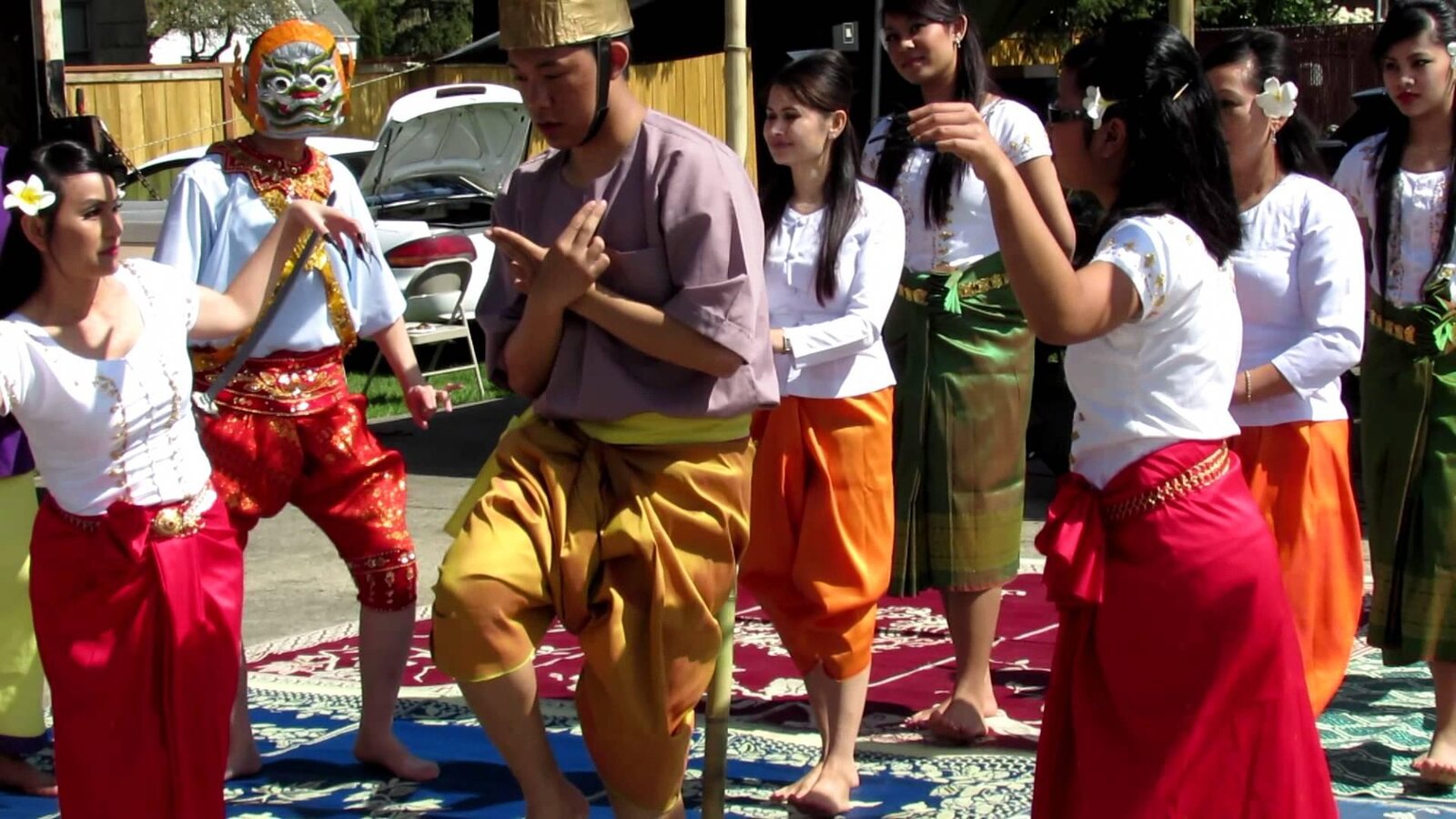
Entering the New Year, in Khmer traditions, implies three days of celebration, each one with its specific ceremonies. Prayers at the "mounds of sand" erected in pagodas, water sprinkling -- coming from the ancient rite of bathing statues of the Buddha and the elders of the family --, games and village dances, offerings to the spirits protecting the house, many collective celebrations mark the moment of the lunar-solar year which is also the end of the harvesting season.



Visit of the New Year Angel
In modern Cambodia, each new year has a zodiac sign assigned to it according to the lunar calendar. Starting from April 14, 2019, we'll then enter the Year of the Pig.
Specific to the Khmer calendar, however, is the New Year Angel who, at a precise date and time computed by religious officials, will come down to earth and visit families and temples. The prospect of the Theva visit leads each family to thoroughly clean the house, embellish it with flowers, fruit and perfume, and prepare seasonal offerings.
According to the Khmer tradition, the Theva will be one of the seven daughters of Kbal Morhaprohm, a legendary figure who literally gave up his head for the benefit of the community.
Sunday is the day of Tungsa Thevy, adorned with a ruby necklace, fond of fig fruit and riding a garuda. On Monday comes Koreak Thevy, adorned with pearls and flowers and riding a tiger. On Tuesday, Reaksa Thevy is carrying a trident and a bow, riding a horse. On Wednesday, Mondar Thevy, fond of gemstones and milk, rides a donkey. On Thursday, Keriny Thevy is atop an elephant with her emerald necklace. On Friday, Khemara Thevy, protectress of the musicians with her mandolin, rides a water buffalo, and if the New Year falls on a Saturday, Mohurea Thevy, adorned with trokeat flowers and sapphires, will descend onto earth on top of a peacock.
Inspired by this richly symbolic backstory, young Cambodian artists, illustrators and fashion designers are eager to create modern representations of the ancestral traditions. For instance, Tepsyort Art in Battambang offers original renditions of the Thevy figure in illustrative art and fashion, as you can see below:





Trot Dance
A few days before the actual New Year, it is customary for groups of women and men to go from house to house and perform the Trot Dance ("trot" meaning "ending" in Sanskrit, ending of the old year and the harvesting season).
Narrating the encounter of hunters and wild animals (deer, mostly) in the forest, the dance is a typically Khmer way to conjure protective spirits for the year to come.
Marking the tempo with kangchas (long poles shaped like a fork and decorated with dry fruit shells and metal pieces), drums and tros (a classical Khmer musical instrument), the performers bring joy and good luck, while having a lot of fun!
Watch and hear a Trot performance here.
This year at Pavilion Heritage Oasis Hotel, Trot dancers will visit the premises on April 8, late afternoon.


Enter The New Year! បុណ្យចូលឆ្នាំថ្មី
(Photo credits, top to bottom: 1, DR; 2/4, Angelspace.co; 3, SiemReap CityGuide; 5-9, Tepsyort Art Fashion; 10, Illustration by Sot Serey; 11, Angelspace.co)



